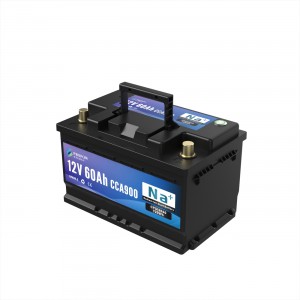Why a BMS is Needed for Na-ion Batteries:
-
Cell Balancing:
-
Na-ion cells can have slight variations in capacity or internal resistance. A BMS ensures that each cell is charged and discharged evenly to maximize the battery's overall performance and lifespan.
-
-
Overcharge/Overdischarge Protection:
-
Overcharging or deeply discharging Na-ion cells can degrade their performance or cause failure. A BMS prevents these extremes.
-
-
Temperature Monitoring:
-
Although Na-ion batteries are generally safer than Li-ion, temperature monitoring is still crucial to avoid damage or inefficiency under extreme conditions.
-
-
Short Circuit and Overcurrent Protection:
-
The BMS protects the battery from dangerous current spikes that could damage the cells or connected equipment.
-
-
Communication and Diagnostics:
-
In advanced applications (like EVs or energy storage systems), the BMS communicates with external systems to report state-of-charge (SOC), state-of-health (SOH), and other diagnostics.
-
Conclusion:
Even though Na-ion batteries are considered more stable and potentially safer than Li-ion, they still require a BMS to ensure safe, efficient, and long-lasting operation. The design of the BMS might differ slightly due to the different voltage ranges and chemistries, but its core functions remain essential.
Post time: May-12-2025








